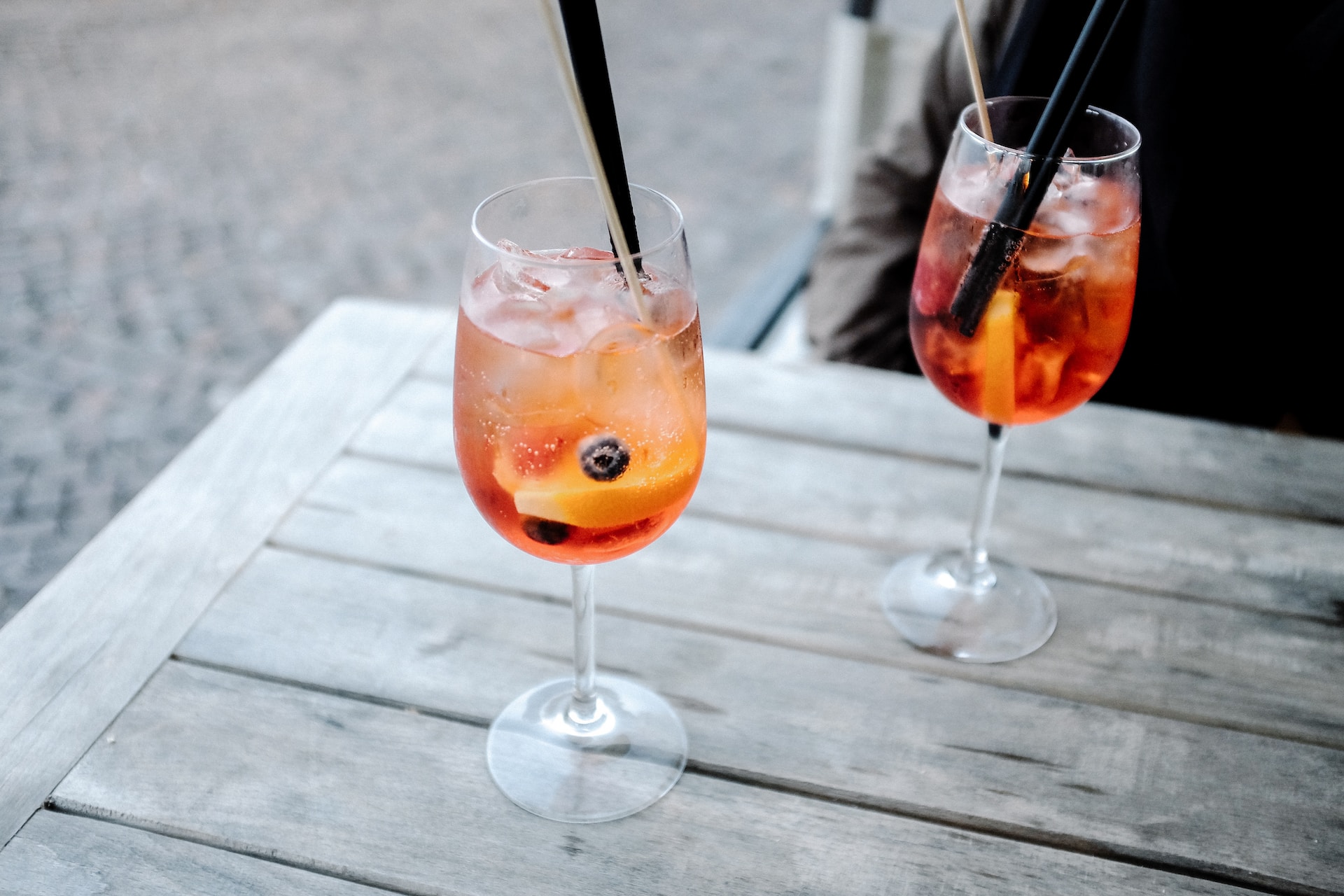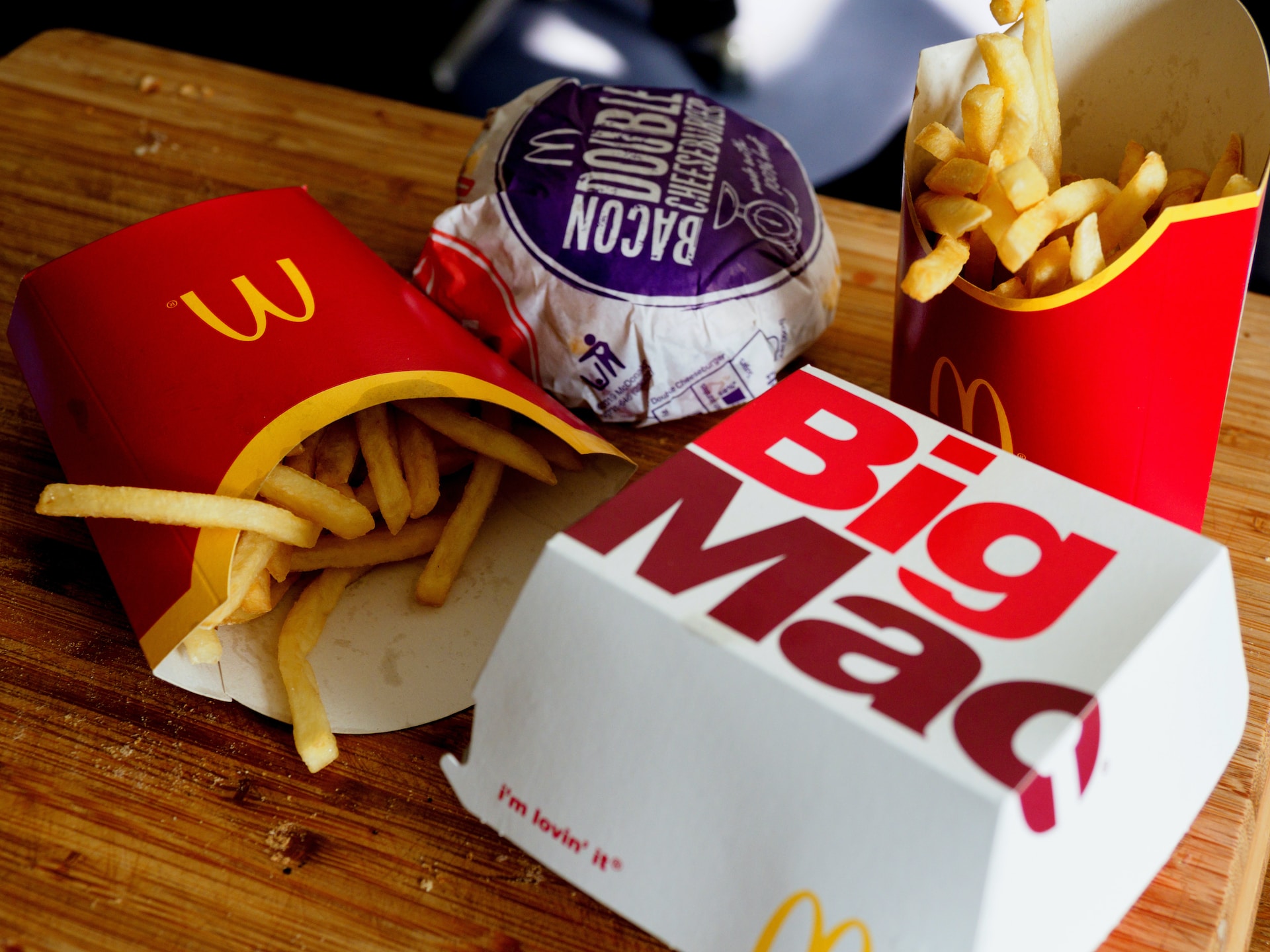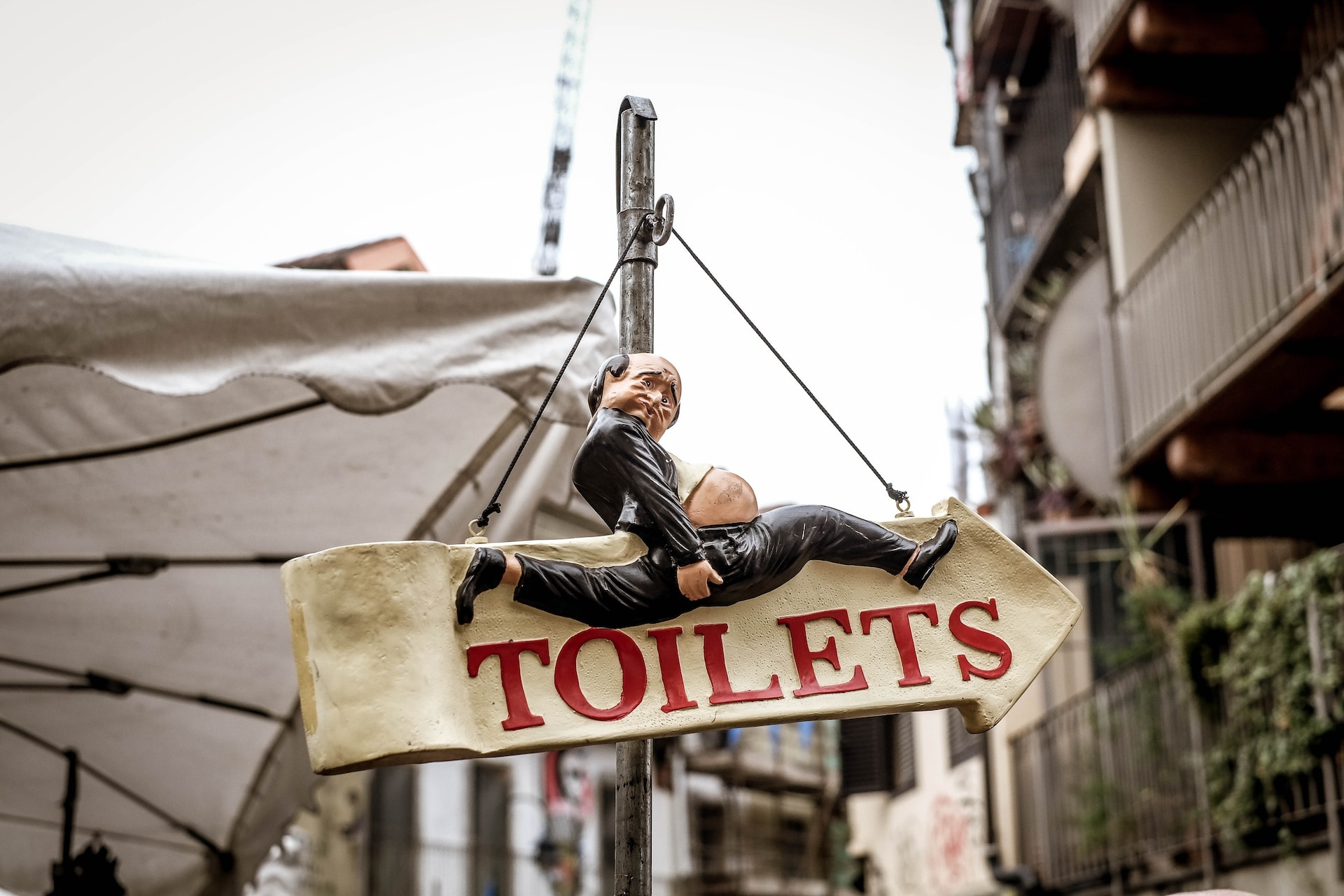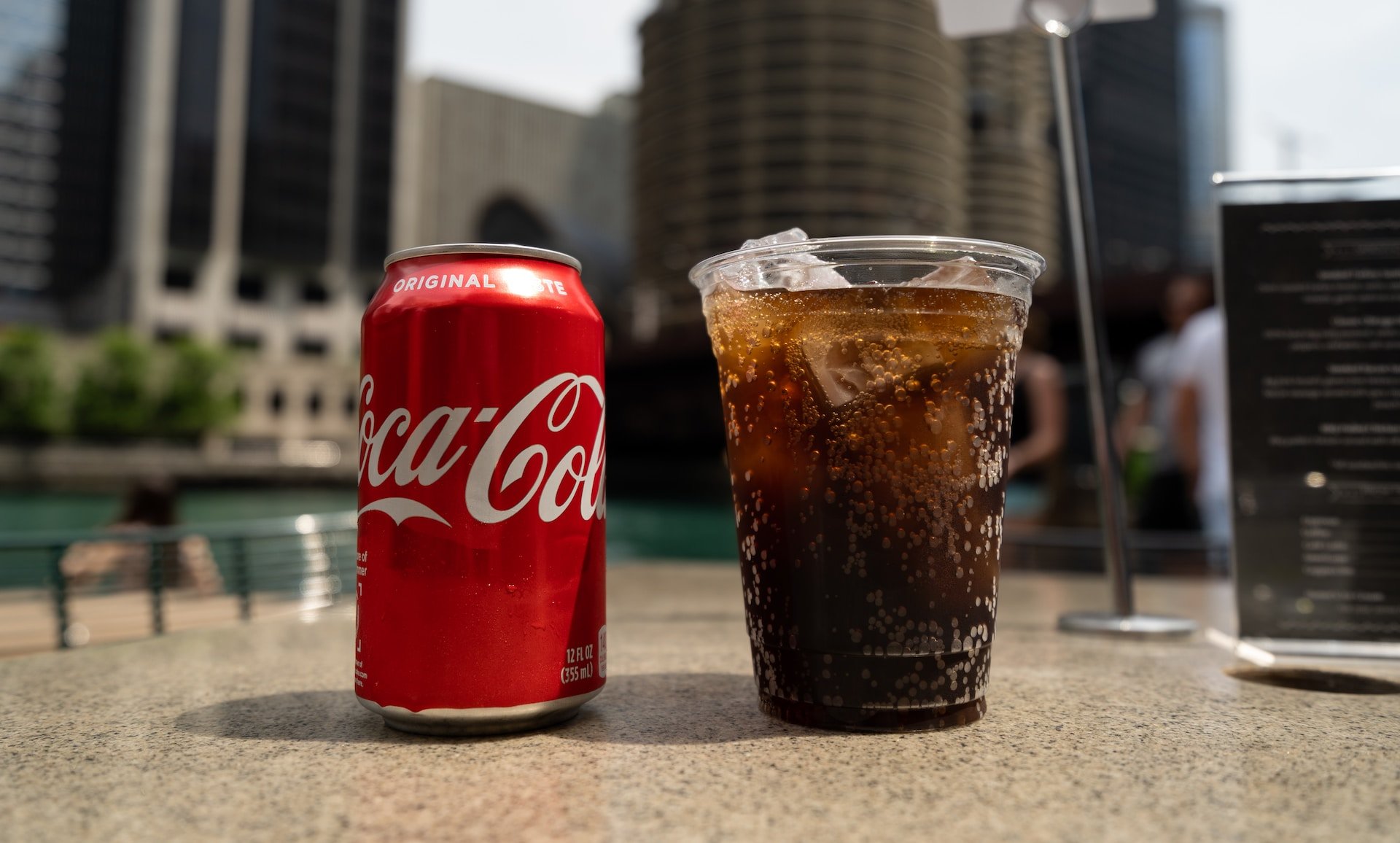“Making an archaeological discovery is in itself an important event, but to be part of one of the most sensational finds in recent years fills me with pride,” said Giuseppe La Spina, one of the group which made the discovery.
He added that the fact the sundial was located in Gela, the town on Sicily's southern coast where he was born, “makes me very emotional”.
La Spina and his colleagues came across the stones while carrying out surveys of World War II bunkers. Their report was read by Professor Alberto Scuderi, a regional director of Italy's Archaeologist Groups, who suggested the discovery get scientific confirmation.
The professor, who specializes in archeoastronomy, has been studying the find for three months, completing the work on Tuesday, January 3rd. Scuderi was due to present the full results of his analysis on Thursday at Gela's Archaeological Museum.
But a professional verification carried out on December 21st – the winter solstice – confirmed that the sundial would have been used to determine the season and solstices.
Experts used cameras, a compass and a GPS drone fitted with video recording equipment to check that the sundial worked.
The 'Sicilian Stonehenge' dates back to between 6000 and 3000BC, and is located close to the prehistoric necropolises of Grotticelle, Ponte Olivo and Dessueri.
But according to La Spina, the “really exciting part” is that the site may hold more archeological treasures. He said that it was likely the area held more clues to the past, “no less spectacular than the sundial itself.”







 Please whitelist us to continue reading.
Please whitelist us to continue reading.
Member comments